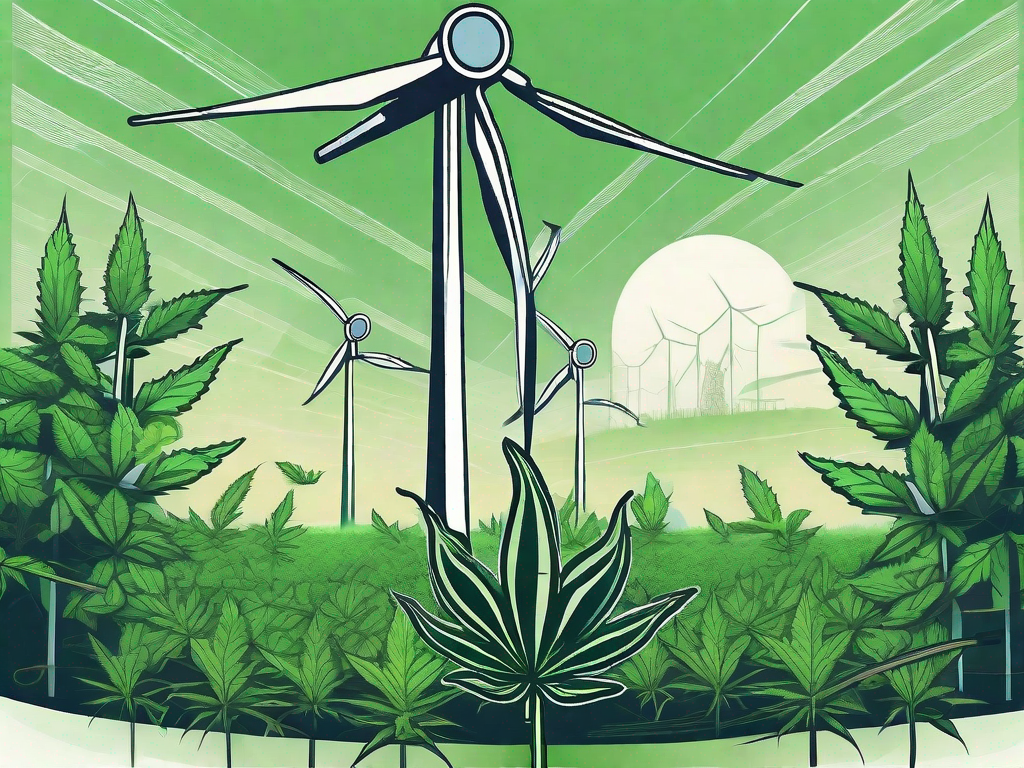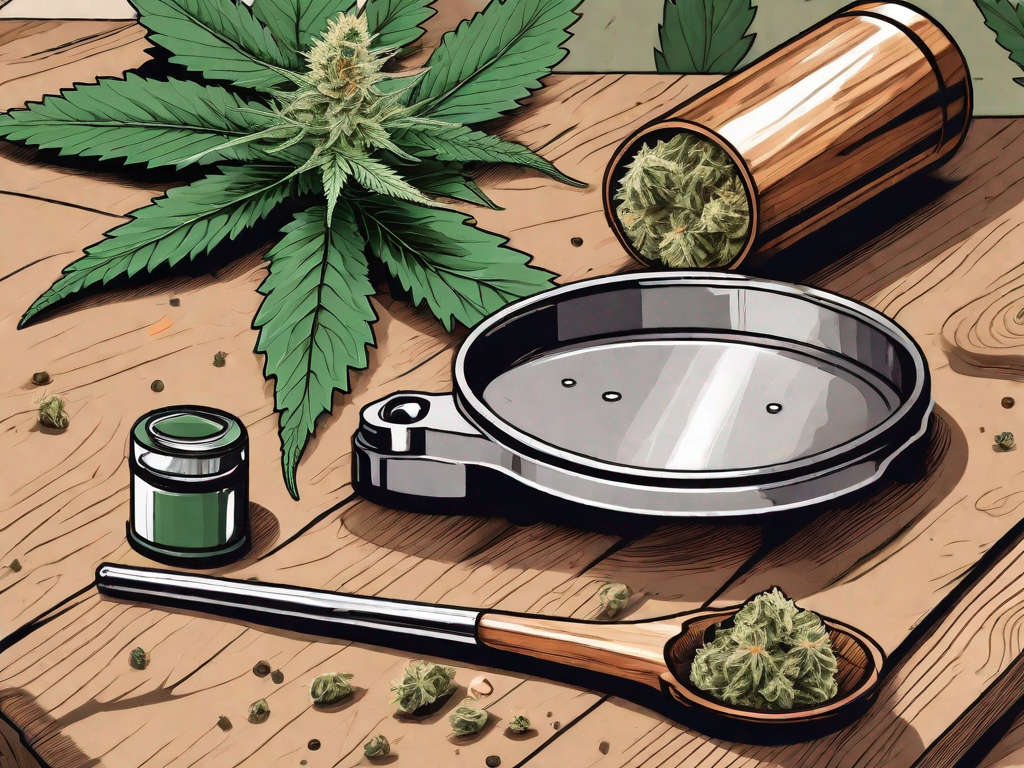Green Growth: Assessing the Environmental Impact of Cannabis Cultivation

Green Growth: Assessing the Environmental Impact of Cannabis Cultivation
In the wake of the global green rush, the cultivation of cannabis has surged in popularity. As more regions legalize its use for medicinal and recreational purposes, the environmental footprint of this burgeoning industry is coming under scrutiny. This piece aims to delve into the ecological implications of cannabis cultivation, exploring the ways in which it impacts our environment and how sustainable practices can be implemented to mitigate these effects.
The Environmental Footprint of Cannabis Cultivation
Water Consumption
One of the most significant environmental impacts of cannabis cultivation is its water consumption. Cannabis is a thirsty plant, requiring up to six gallons of water per day in its flowering stage. In regions where water is scarce, this can put a significant strain on local resources, potentially leading to water shortages and conflicts over access.
Moreover, illegal cannabis farms often tap into natural water sources, diverting streams and causing damage to local ecosystems. This can lead to a decrease in water quality, affecting both wildlife and human populations.
Energy Usage
Indoor cannabis cultivation is particularly energy-intensive. Grow lights, climate control systems, and ventilation equipment all consume significant amounts of electricity. In fact, a study by the Lawrence Berkeley National Laboratory found that indoor cannabis cultivation can use up to 2000 watts of electricity per square meter, which is comparable to the energy usage of a data center.
As a result, the carbon footprint of indoor cannabis cultivation is substantial. The energy consumed by indoor cannabis farms in the United States alone is estimated to produce 15 million tons of greenhouse gas emissions per year, equivalent to the emissions of three million cars.
Sustainable Practices in Cannabis Cultivation
Water Conservation
There are several ways in which cannabis cultivators can reduce their water consumption. One method is to use drip irrigation systems, which deliver water directly to the plant's roots, reducing evaporation and runoff. Another is to collect and reuse rainwater, which not only conserves water but also reduces reliance on municipal water supplies.
Moreover, cultivators can choose to grow cannabis strains that are more drought-tolerant, reducing the amount of water needed. Some growers are even experimenting with dry farming techniques, which rely on the natural moisture in the soil rather than irrigation.
Energy Efficiency
Improving energy efficiency is another key aspect of sustainable cannabis cultivation. This can be achieved through the use of energy-efficient lighting, such as LED or high-pressure sodium lamps, which consume less electricity than traditional grow lights. Additionally, cultivators can optimize their climate control systems to reduce energy consumption, for example by using programmable thermostats and energy-efficient dehumidifiers.
Furthermore, some growers are turning to renewable energy sources to power their operations. Solar panels, wind turbines, and bioenergy systems can all provide clean, renewable energy for cannabis cultivation, reducing its carbon footprint.
The Role of Policy and Regulation
Regulating Water Use
Government regulations can play a crucial role in promoting sustainable practices in cannabis cultivation. In California, for instance, the State Water Resources Control Board has established guidelines for cannabis cultivation, including requirements for water conservation and the protection of water quality.
These regulations not only help to mitigate the environmental impact of cannabis cultivation, but they also encourage growers to adopt more sustainable practices. By providing clear guidelines and incentives for sustainability, governments can help to shape the future of the cannabis industry in a way that is both profitable and environmentally responsible.
Energy Regulations
Similarly, energy regulations can help to reduce the carbon footprint of cannabis cultivation. In Colorado, for example, the Marijuana Enforcement Division has implemented energy reporting requirements for cannabis growers, requiring them to track and report their energy usage.
This not only helps to raise awareness of the energy consumption associated with cannabis cultivation, but it also provides valuable data that can be used to develop more efficient cultivation practices and technologies. By promoting transparency and accountability, energy regulations can play a key role in driving the cannabis industry towards sustainability.
Conclusion
As the cannabis industry continues to grow, it is crucial that we consider its environmental impact. While cannabis cultivation can be resource-intensive, there are many ways in which growers can reduce their environmental footprint, from water conservation and energy efficiency to the use of renewable energy sources.
Moreover, policy and regulation can play a significant role in promoting sustainability in the cannabis industry. By establishing clear guidelines and incentives for sustainable practices, governments can help to ensure that the green rush is truly green, in every sense of the word.


